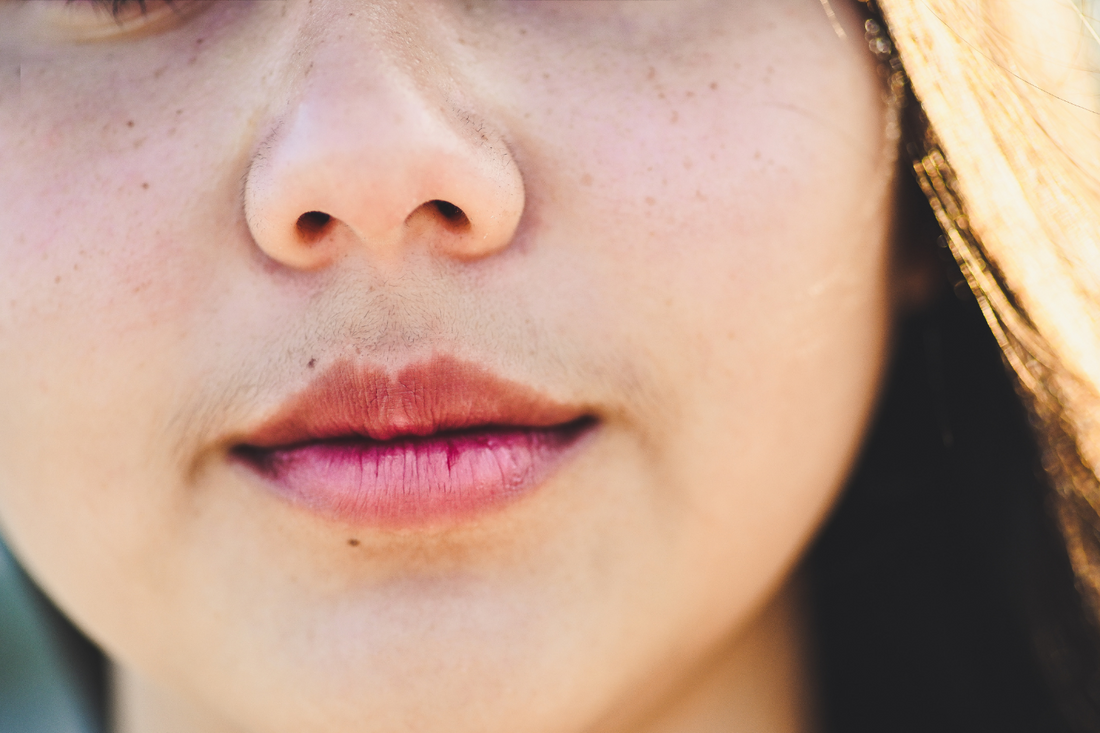As you have gotten older, you may have noticed more facial hair growing in. For women, having a small mustache grow on your upper lip can be an unpleasant thing to see—is this the product of aging, or is it other bodily factors? In this blog, we’ll give a straightforward answer to whether you grow more facial hair as you age and discuss why you may be seeing more facial hair grow in, as well as what you can do about it.
Is it true that you grow more facial hair as you age?
While not everyone experiences facial hair growth (thanks to genetics), it is true that you are more susceptible to growing more facial hair as you age. This is due to a hormonal imbalance that turns vellus hair, which is fine and downy hair that’s present all throughout human bodies, into coarser, thicker, and more noticeable body hair. But, the effects of hormonal imbalance are different between men and women!
Causes of facial hair with age for women
For women, the reason for more facial hair as they age could also be menopause, which creates an imbalance between the male hormone testosterone and the female hormone estrogen. Testosterone causes the nearly invisible vellus hairs to become far more thick and visible and may contribute to lengthening facial hair in places you might not expect, such as the eyebrows, nose, chin, or ear.
Causes of facial hair with age for men
In men however, the culprit for more facial hair is usually a rise in testosterone, which builds up in the body over time. There are three stages of hair growth: growth, transition, and finally, shedding. Vellus hair is different from the hair on your head because it enters the transition stage very quickly, whereas the hair on your head stays in the growth stage for much longer.
Testosterone buildup over time will cause your head hair to enter the shedding stage much faster, while vellus hair in your nose and ears–which should stay longer in the transition stage– remains in the growth stage for longer.
How can I get rid of more and unwanted facial hair as I age?
Here are some tips and tactics you can use to get rid of unwanted facial hair—and some of these tactics can help with unwanted hair elsewhere in the body, too!
-
Shaving
This one is a no-brainer. Shaving is a popular method of getting rid of facial hair, but be careful not to shave off too many areas outside of the unwanted facial hair. Your vellus hair is part of your facial hair, and the only reason why it’s so soft and downy is because it’s been there for so long. If you shave it off, it could grow back stiffer and coarser, especially as you age. -
Cream
One alternative to shaving is a cream, such as Nair, that when applied to the skin causes the unwanted facial hair to fall off after some time. However, keep in mind that this can be damaging to sensitive skin and especially the hair follicles; you can test it out on a small area of skin before applying it to your facial hair. -
Waxing, tweezing, or threading
These more time-consuming methods will help you lose unwanted facial hair without it growing back thicker or faster. You can learn more about these tactics in our previous blogs. -
Vaniqa (Eflornithine)
This prescription topical drug is approved by the FDA for use in women, and can be applied to the skin, twice a day, where the unwanted facial hair resides. It stops the growth of unwanted facial hair and may also cause hairs to become lighter or finer. However, its effects stop when you stop taking it. A common side effect is acne while other skin problems, such as in-growing hair, burning, irritation, redness, are relatively rare. Consult your doctor or dermatologist to see if this is the right option for you. -
Laser hair removal
This often expensive method will permanently remove your unwanted facial hair, though it does have some catches: it doesn’t effectively remove lighter-colored hair, and some darker skin tones are more susceptible to burns from this technology. Note that these systems use different types of lasers than red laser therapies for hair growth, which is one option to tackle hair thinning or hair loss problems as people age.
So do I really grow more facial hair as I age?
In short, sometimes—but it is a totally normal part of aging. It can, however, be difficult to deal with facial hair on top of all the other hardships associated with aging. If you’re concerned about why you’re suddenly seeing a large increase in facial hair as you’ve aged, this guide will have hopefully eased your fears by offering explanations and several courses of action to reduce unwanted facial hairs. Check out our other blogs to learn more about all things hair.





